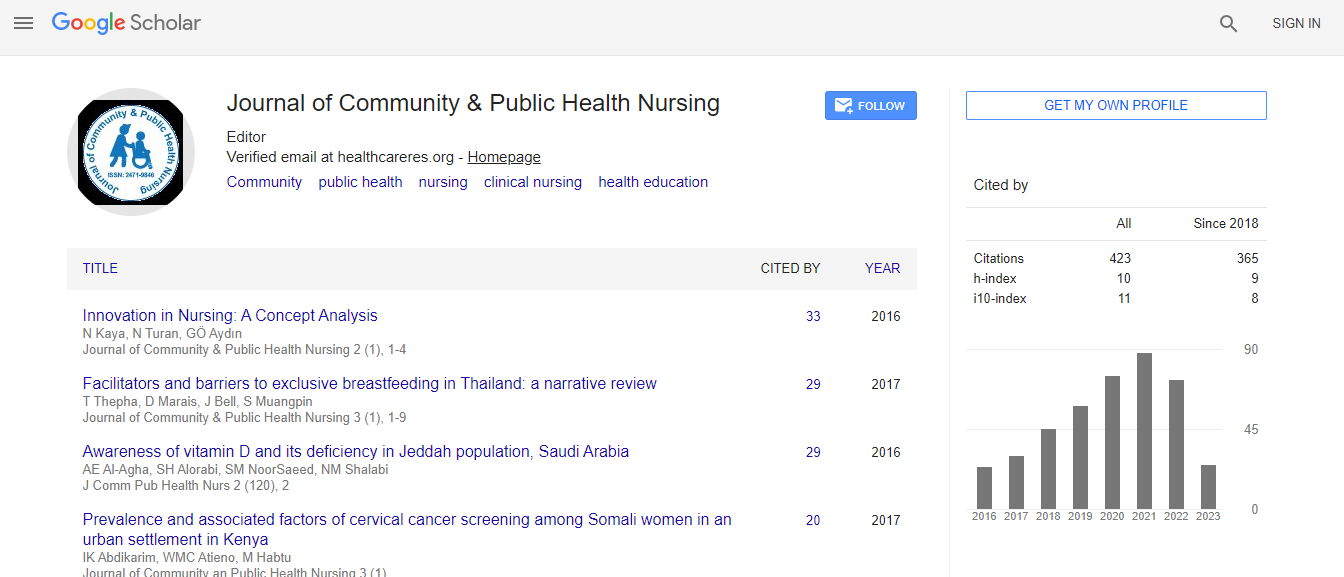Review Article
Fungi, Bacteria, Nano-particulates, Mycotoxins and Human Health in Water-Damaged Indoor Environments
Jack Dwayne Thrasher*
Advisory Committee, Chemical Impact Project, Tides Foundation, MillValley, CA, United States
- *Corresponding Author:
- Jack Dwayne Thrasher, Ph.D
Advisory Committee
Chemical Impact Project
Tides Foundation, MillValley
CA, United States
Tel: 575-937-1150
Fax: 916-827-2520
E-mail: toxicologist1@msn.com
Received date: February 29, 2016 Accepted date: March 03, 2016 Published date: March 10, 2016
Citation: Thrasher JD (2016) Fungi, Bacteria, Nano-particulates, Mycotoxins and Human Health in Water-Damaged Indoor Environments. J Comm Pub Health Nurs 2:115. doi:10.4172/2471-9846.1000115
Copyright: © 2016 Thrasher JD. This is an open-access article distributed under the terms of the Creative Commons Attribution License, which permits unrestricted use, distribution, and reproduction in any medium, provided the original author and source are credited.
Abstract
Nine types of biocontaminants in damp indoor environments from microbial growth are discussed: (1) indicator molds; (2) Gram negative and positive bacteria; (3) microbial particulates; (4) mycotoxins; (5) volatile organic compounds, both microbial (MVOCs) and non-microbial (VOCs); (6) proteins; (7) galactomannans; (8) 1-3-b-Dglucans (glucans) and (9) lipopolysaccharides LPS (endotoxins). When mold species exceed those outdoors contamination is deduced. However, there are no current recommendations by the EPA, OSHA, NIOSH, WHO and the Medical and Toxicology professions as to what constitutes a safe level of indoor molds and bacteria and their toxins in a water-damaged indoor environment. The thrust of his review is to discuss the role of fungi and their toxins on the health of occupants of damp indoor spaces.

 Spanish
Spanish  Chinese
Chinese  Russian
Russian  German
German  French
French  Japanese
Japanese  Portuguese
Portuguese  Hindi
Hindi 
